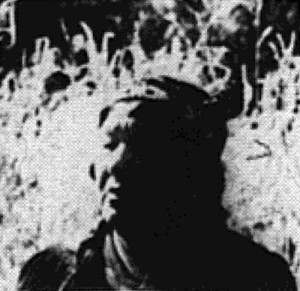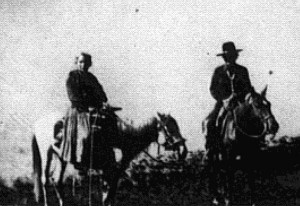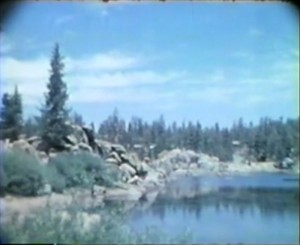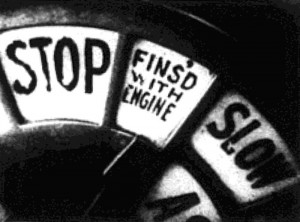
"The Arawas, natives of the New Zealand, made their home in the steaming, boiling thermal areas of their country. Now visited by numbers of tourists annually, there are still remnants of the people and their rich history and culture" PSA Journal, Oct. 1963, 42.
"Oscar Horowitz, of Newton, Mass., has taken the theme of Plymouth and developed it into the Movie of the Month. Opening with scenes of modern Plymouth we are reminded of the growth and prosperity that is our heritage. And this month, November, as the nation prepares to again celebrate Thanksgiving, Home Movies Magazine salutes Mr. Horovitz for producing a film that should remind one and all of the unrestricted freedom and opportunities that exist within our borders." Home Movies, Nov. 1950, 460.

"The wilderness of Colorado where the visitor may wonder how the Indian can extract a livelihood from the dry, treeless land. To be sure, there are trees, and some with the raiment of ghosts, from which life long ago departed. The rugged Indian does eke a living from this waste, mostly from sheep, goats, weaving, and trinkets. The film is a record of these things in well chosen settings, including a desert storm" PSA Journal, Oct. 1961, 49
"doc. scientifico"/scientific documentary
"documentario" "sull'attività svolta al VII campo alpino con speciale riguardo a quella della palestra di allenamento"
"documentary" "on the activity carried out at the VII alpine camp with special regard to that of the training gym."
—"I Littoriali del cinema: Un’altra interessante serie di documentari,” La Stampa, September 3, 1939

"An edited home movie by Arthur H. Smith of Smith's later years, living with his wife Blanche in Big Bear Lake, California, including a description of his filmmaking process." Archive.org
"The Last Review, by George A. Ward, ACL, is an almost faultless example of a military motion picture, into which is woven a story that has the rare quality of evoking deep emotion from the audience. Actually, the film is a record of the camp life of the 105th Field Artillery of the New York National Guard, in its summer instruction quarters at Pine Camp, N. Y. Dramatically, it is the story of a Field Artillery private soldier and his friend, the oldest horse in the regiment. Condemned to be shot because of age and the approaching motorization of the command, the horse is reprieved and is given a review by the entire regiment in honor of "the artilleryman's best friend." The tale was not fictional, but actual. The hero was a member of the regiment, he loved the veteran horse and the review was actually held, not for purposes of filming but as a tribute. The film ends with the review, while actually the reprieve was only temporary and the equine actor has since been destroyed because of age. In this film, Mr. Ward exhibited cinematography of high quality and much incidental beauty. He contrived, as well, to give a military record that errs in no detail and that has no false note. To crown it all, he filmed a scenario, in itself moving and acted with complete sincerity." Movie Makers, Dec. 1934, 534.
"documentario con" -"interessante visione del lavoro nelle cave di marmo di Apuania"
documentary offering" -"interesting view of work in the marble quarries of Apuania."
documentario/documentary

"Le Mort by Christopher T. Leggo of Oakland, California. Chris has taken the title, which means "The Dead" in French, and with black-and-white film made a very impressionistic, revealing film about a ship and her past glories. This 10-minute 16mm film won for him a Ten Best medal and the Golden Scissors Award for best editing" PSA Journal, Nov. 1970, 39.
Total Pages: 79